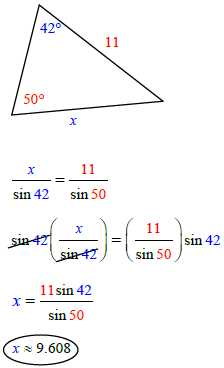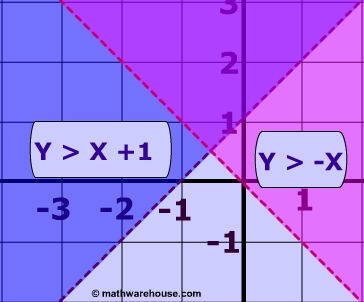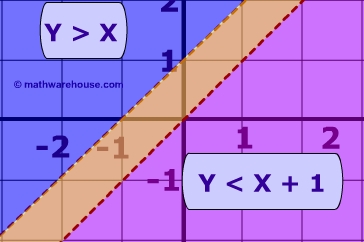Madison's Geometry Blog
Tuesday, May 28, 2013
Madison and Brandons Unit 3 Day 8 Blog(Trigonometry)
Unit 3, Day 8: Objective: Triangle inequalities.
Define: Triangle inequality states that for any triangle, the sum of the lengths of any two sides must be greater than the length of the remaining side.
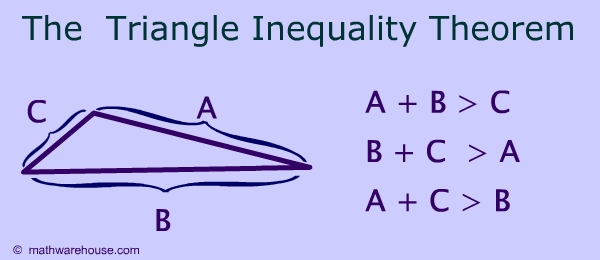


To know if given lengths can be a triangle, you add two sides together that are not the hypotenuse; they should be greater then the length of the hypotenuse. To find the range of possibilities of the length of the third side, you add together to two given lengths and that is what "x" can be less then, and you subtract the two points and that is what "x" can be greater than. The inequality should have the lowest number, then a greater than sign, then the x, followed by a less than sign and the highest number. See problems 1 and 4 for examples.
Quiz:

Answer Key:
Monday, May 27, 2013
Madison and Brandons Unit 3 Day 7 Blog(Trigonometry)
Unit 3, Day 7: Objective: Review of trig-- this should be a review day in your blog of sine, cosine, and tangent real world problems.
Define: Sine, cosine, tangent (abbreviated sin, cos, and tan) can calculate sides of the triangle when the angles are known.

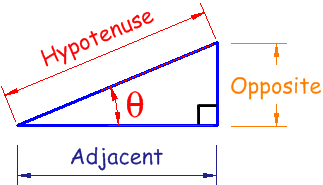


Quiz:
Answer Key:
Madison and Brandons Unit 3 Day 6 Blog(Trigonometry)
Unit 3, Day 6: Objective: Non right triangle trig: Law of Sines, Law of Cosines, Area of a triangle.
Define: In trigonometry, the law of sines is an equation relating the lengths of the sides of an arbitrary triangle to the sines of its angles. The law of sines works for any triangle even if the triangle does not contain a 90 degree angle. The law of cosine relates the lengths of the sides of a plane triangle to the cosine of one of its angles. The law of cosines is useful for computing the third side of a triangle when two sides and their enclosed angle are known, and in computing the angles of a triangle if all three sides are known. The area of a triangle is the amount of space a triangle covers.
The law of cosines says where γ denotes the angle contained between sides of lengths a and b and opposite the side of length c.

By changing which sides of the triangle play the roles of a, b, and c in the original formula, one discovers that the following two formulas also state the law of cosines:


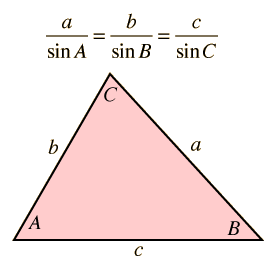


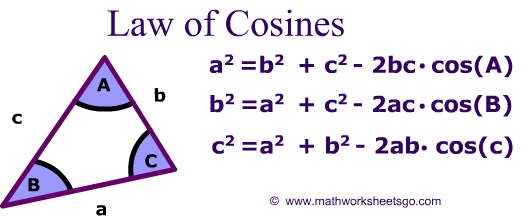
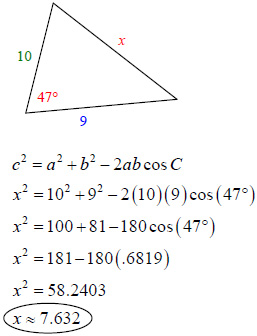
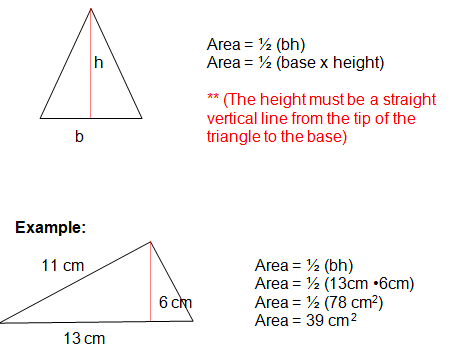
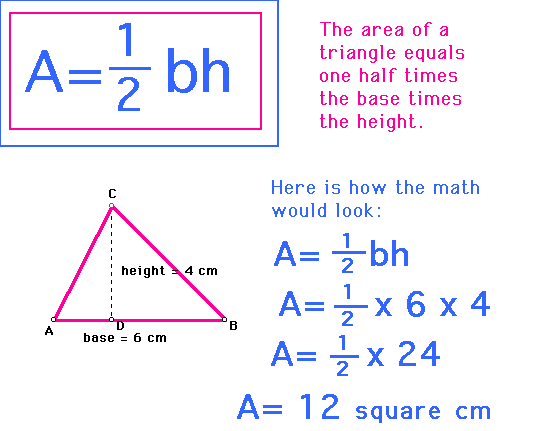
Quiz:
Answer Key:
Friday, May 24, 2013
Madison and Brandons Unit 3 Day 5 Blog(Trigonometry)
Unit 3, Day 5: Objective: Tangent and its relationship to the slope.
Define: Tangent is a straight line the touches a curve at a point, but if extended does not cross at that point. Tangent is slope because it is opposite over adjacent and slope is rise over run and that is the same thing.

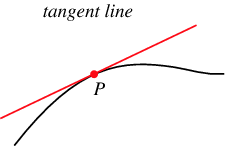



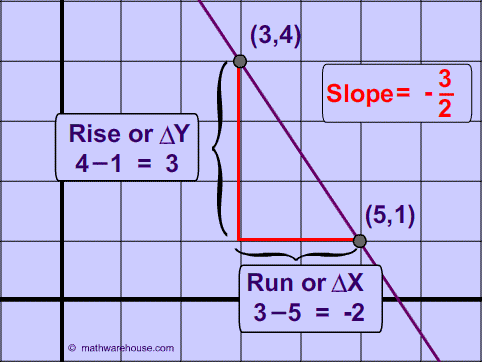
Quiz:
Answer Key:
Thursday, May 23, 2013
Madison and Brandons Unit 3 Day 4 Blog(Trigonometry)
Unit 3, Day 4: Objective: Linear inequality review.
Define: A linear inequality is almost the same as a linear equation, except the equals sign is replaced with an inequality symbol.




This picture represents a linear inequality that x-2y is greater than 2. Since the symbol is just greater than and not greater than or equal to, the line is dashed.
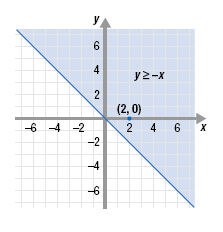 This picture represents a linear inequality that y is greater than or equal to -x. Since the symbol is greater than or equal to and not just greater than, the line is solid.
This picture represents a linear inequality that y is greater than or equal to -x. Since the symbol is greater than or equal to and not just greater than, the line is solid.
Quiz:
Answer Key:
Tuesday, May 21, 2013
Madison and Brandons Unit 3 Day 3 Blog(Trigonometry)
Unit 3, Day 3: Objective: Sine, Cosine, Tangent and their inverses continued Sin/Cos of complementary angles.
Define: Complementary angles means that the angles sum up to 90 degrees (which makes sense because we know all three angles inside a triangle sum to 180).
sin A = cos (90 - A)
cos A = sin (90 - A)
 In this picture angle A plus angle B equal 90 degrees; angle A and angle B are complementary.
In this picture angle A plus angle B equal 90 degrees; angle A and angle B are complementary. In this picture the <rx minus the <ry equals the ry angle. They are complementary angles.
In this picture the <rx minus the <ry equals the ry angle. They are complementary angles.

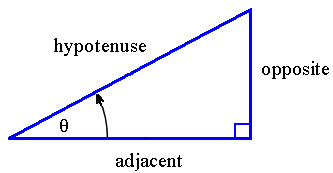
Quiz:
Answer Key:
Subscribe to:
Comments (Atom)







